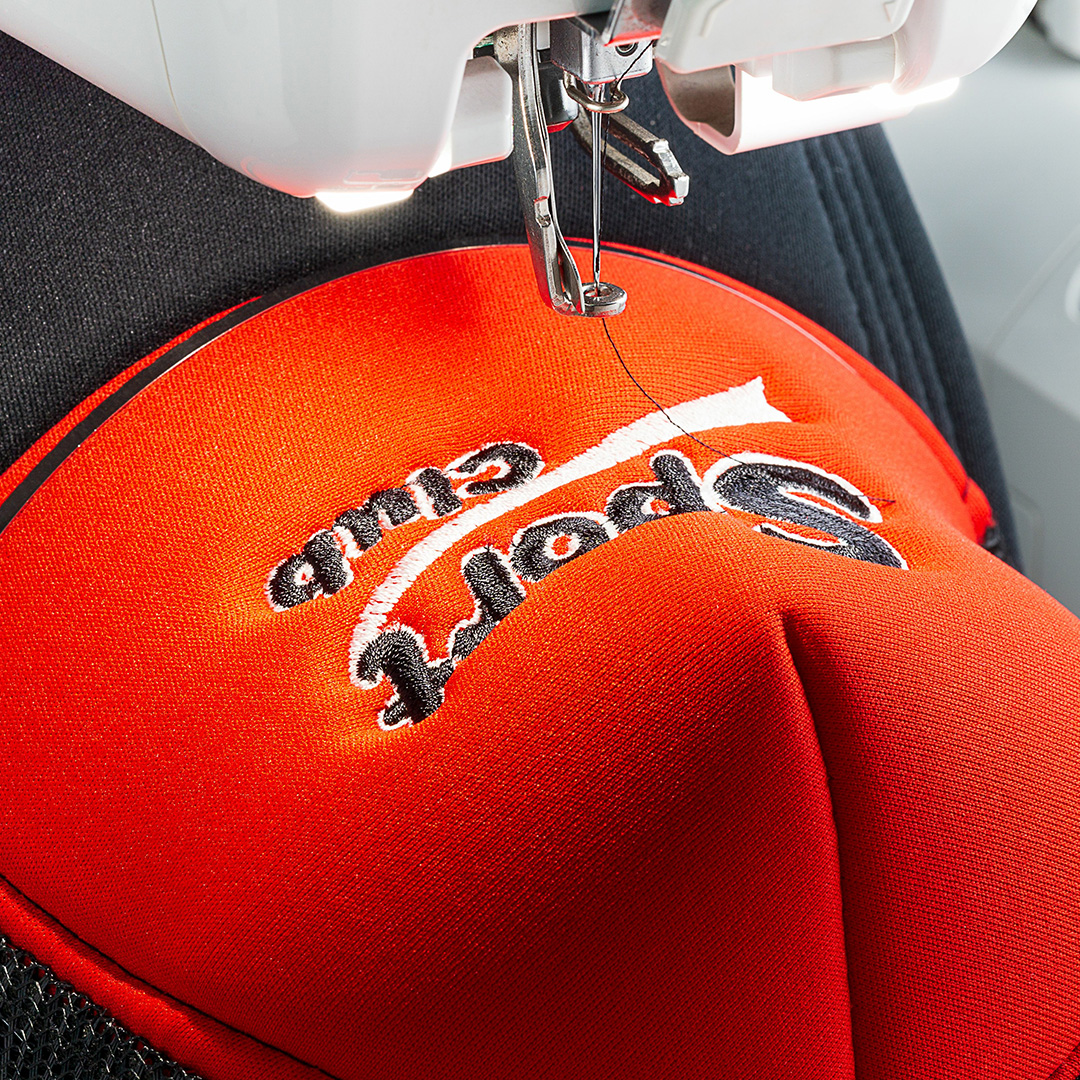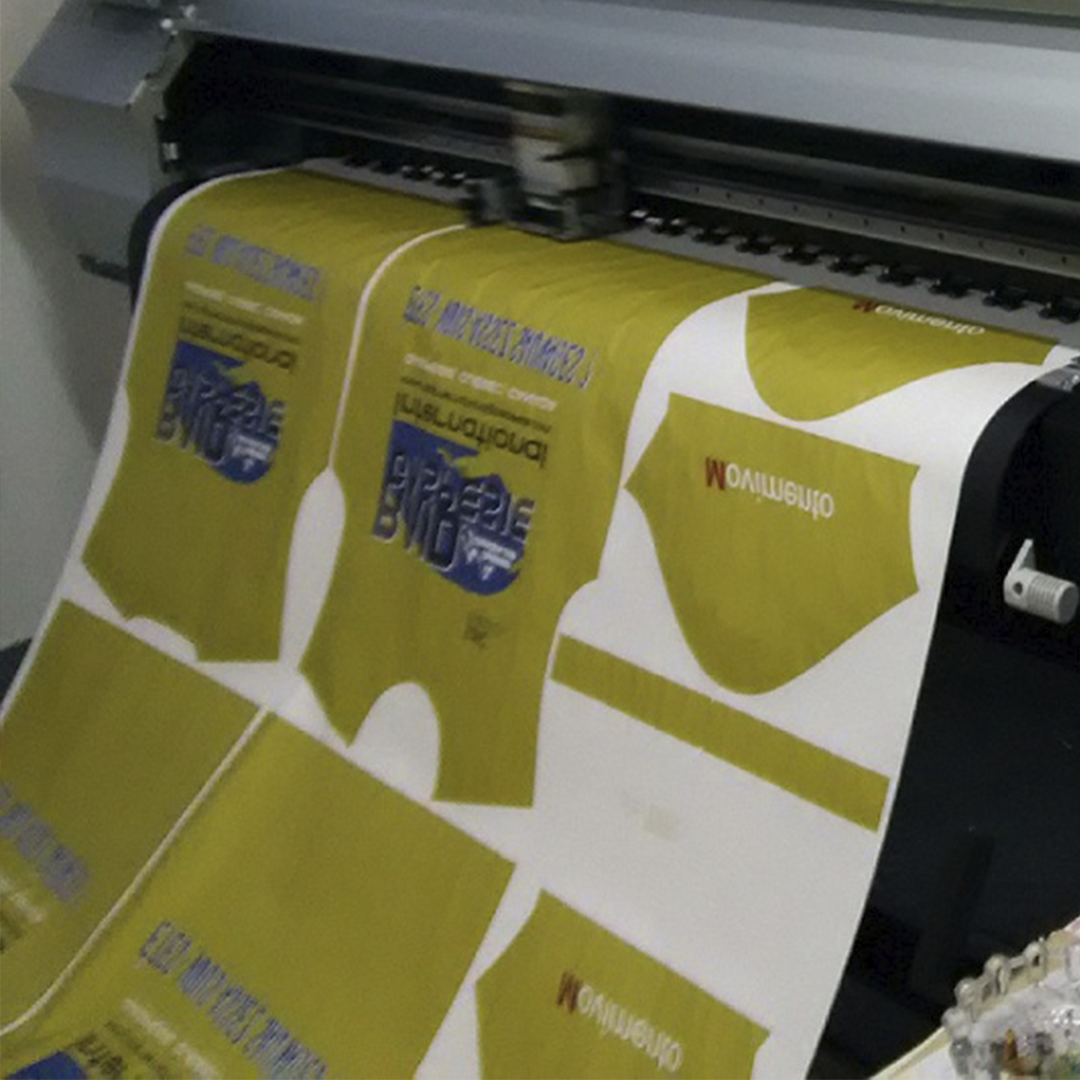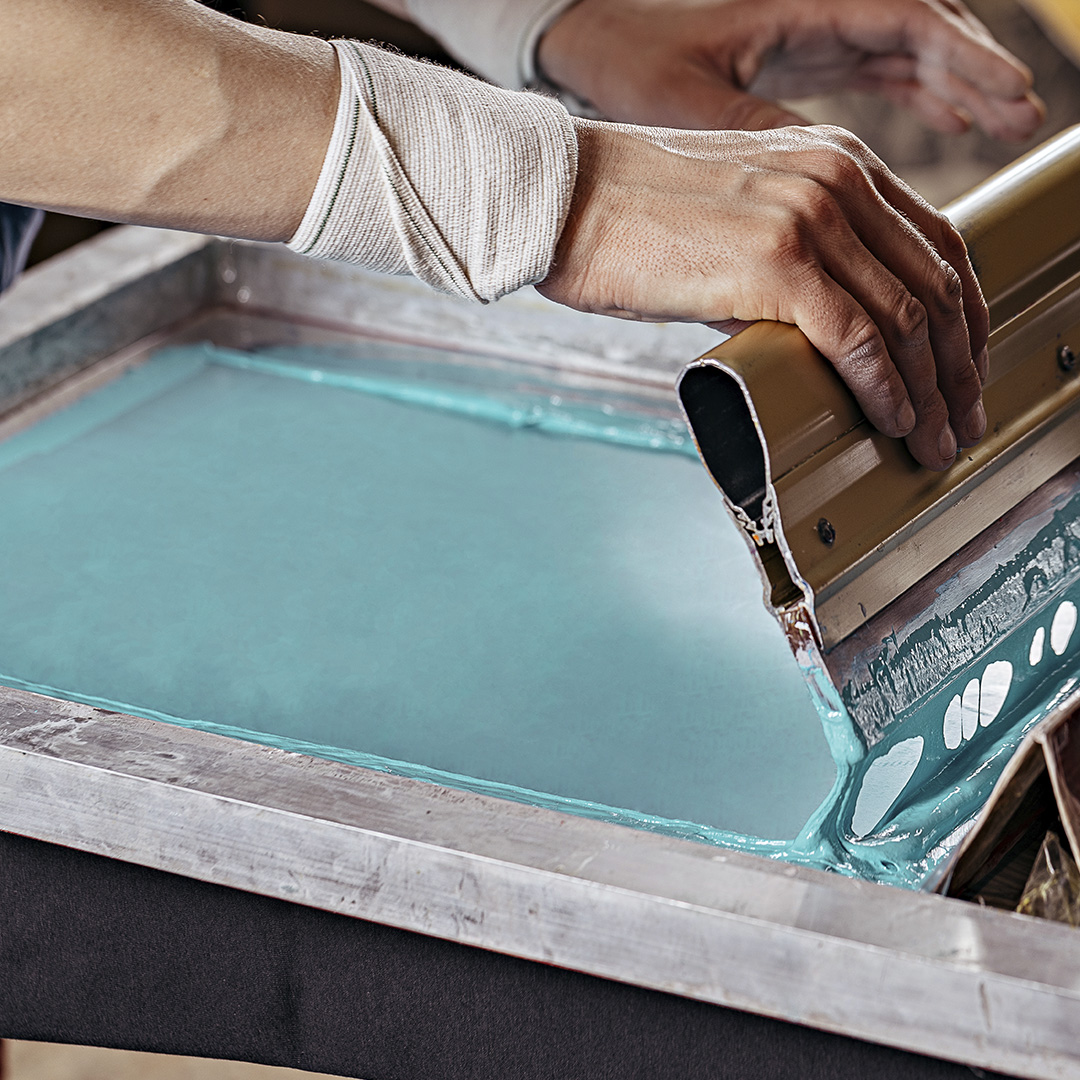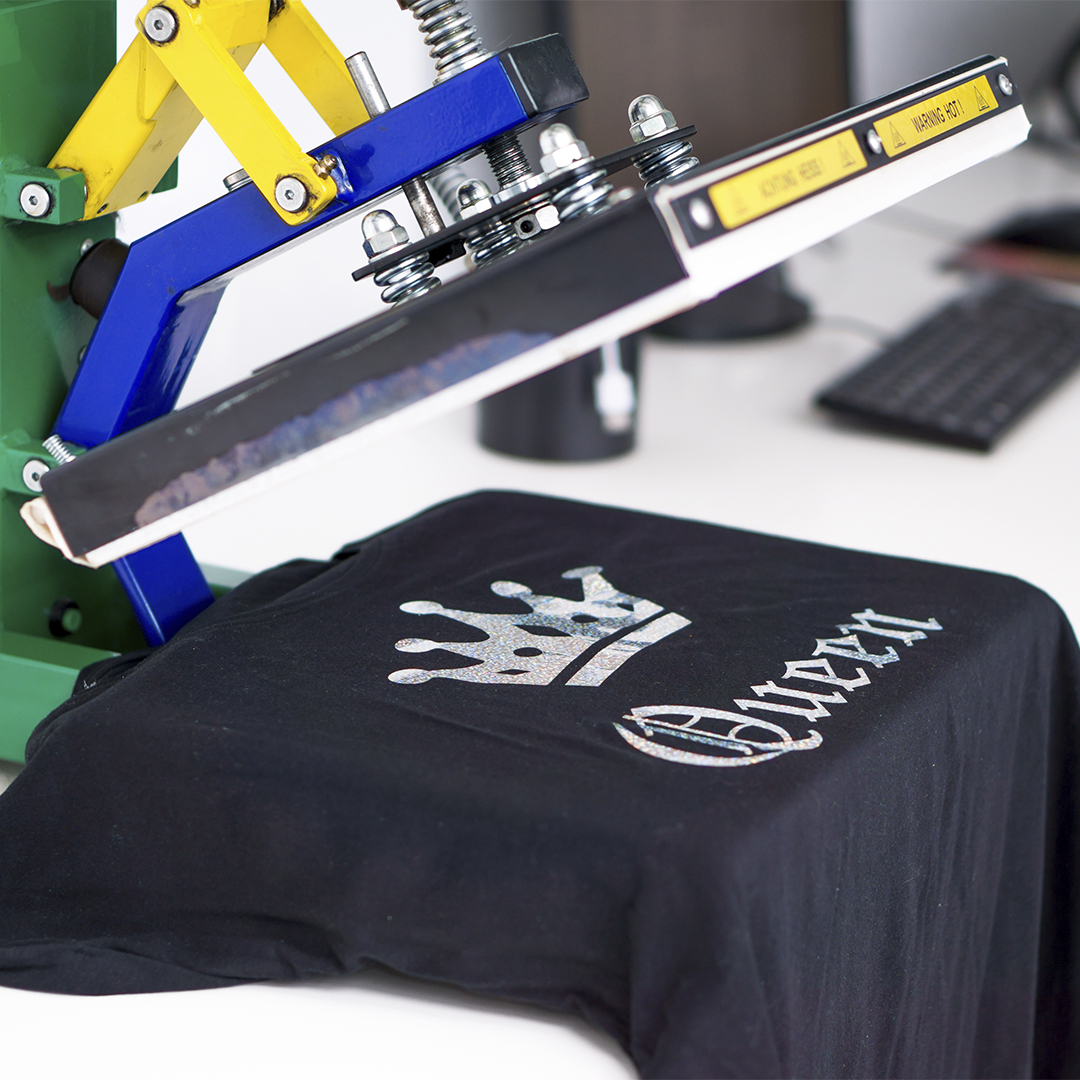The Arora men's full zip hoodie – a perfect blend of style and functionality. Crafted with attention to detail, this hoodie effortlessly combines comfort with a contemporary edge. Featuring flat knit rib side panels, cuffs, and bottom hem, this hoodie offers a tailored fit that's both comfortable and flattering. The single jersey lining inside the hood ensures an extra layer of comfort. Engraved antique silver eyelets and contrast-coloured herringbone tape contribute to the hoodie's unique aesthetic. Made from a 300 g/m² premium blend of polyester and BCI cotton knit, this hoodie strikes the perfect balance between warmth and style. BCI (Better Cotton Initiative) signifies our dedication to responsible sourcing and environmentally conscious production. Choosing the Arora ensures you make a more sustainable choice.
Size:
0 x 0 x 0
Composition: Knit of Polyester BCI cotton, 300 g/m2
Weight: 740 grams
Units per box: 15 units
Box measurements: 50 x 36 x 34 (cm)
Embroidery
The traditional embroidery technique allows you to personalize different types of fabrics with a high-quality finish. This customization technique is also highly durable and relies primarily on embroidering the chosen design with different colored threads. The cost of this technique depends on the area in square centimeters to be embroidered. Embroidery is primarily used on caps, T-shirts, polo shirts, blankets, towels, and all types of textile products.
Digital transfer
Digital transfer is ideal for digitally marking small quantities and without color limitations. It's used on products such as document holders, backpacks, non-woven bags, cork products, and soccer balls.
Screen Printing
Screen printing is one of the most widely used techniques, allowing printing of up to six spot colors depending on the product and providing long-lasting and reliable results. This technique is applied to smooth surfaces, achieving high-resolution images. Screen printing involves transferring the design to a screen (polyester or nylon mesh) coated with a photosensitive layer that reacts with ultraviolet light. This light hardens the areas not to be printed, allowing the design to bleed through. This technique is often used on textiles, plastics, wood, or aluminum items such as T-shirts, bags, jerry cans, notepads, backpacks, and caps.
Silkscreen transfer
Silkscreen transfer is a technique similar to silkscreen printing. The difference is that instead of transferring the ink directly onto the product, it is first printed on transfer paper. This transfer paper is then applied to the product using a heat press. The advantage of this technique is that it supports four-color printing (screen printing only allows for spot colors) and achieves highly uniform results. It is suitable for small quantities of textile products. It is often used for gifts such as document holders, backpacks, non-woven bags, cork products, and soccer balls.











